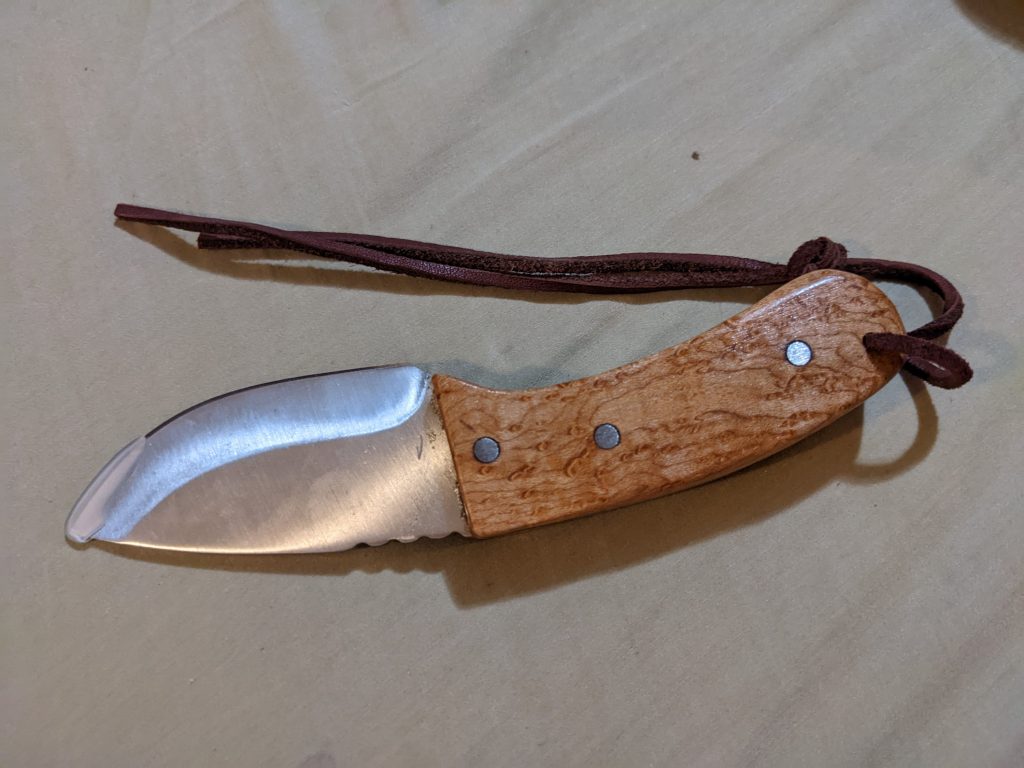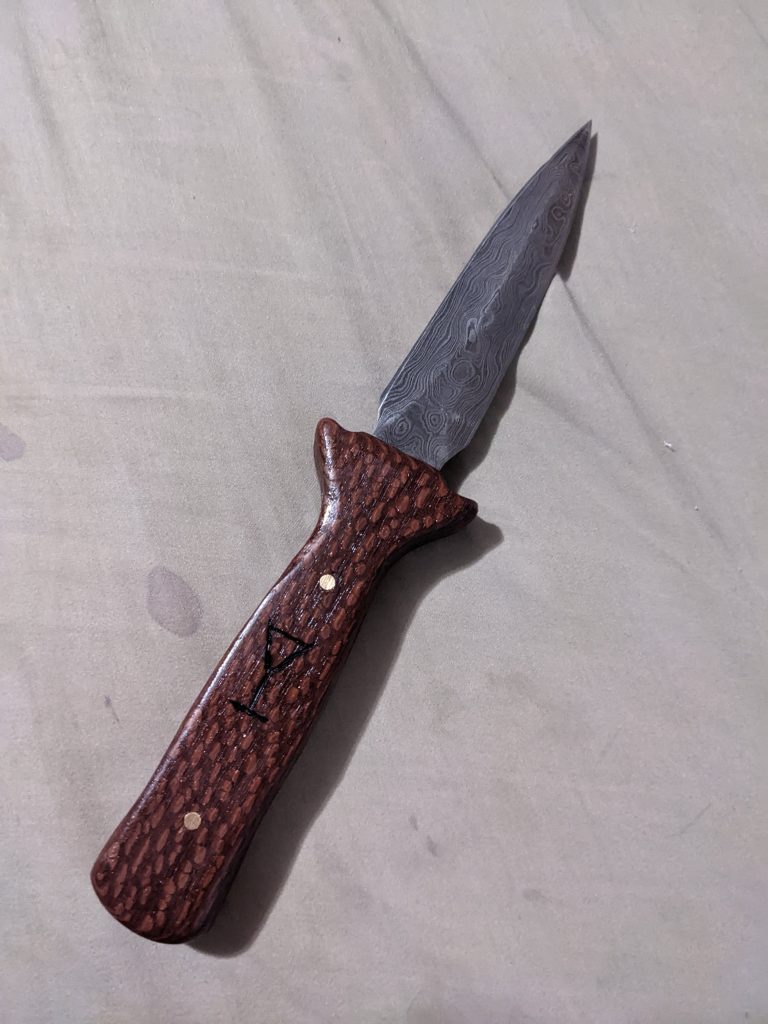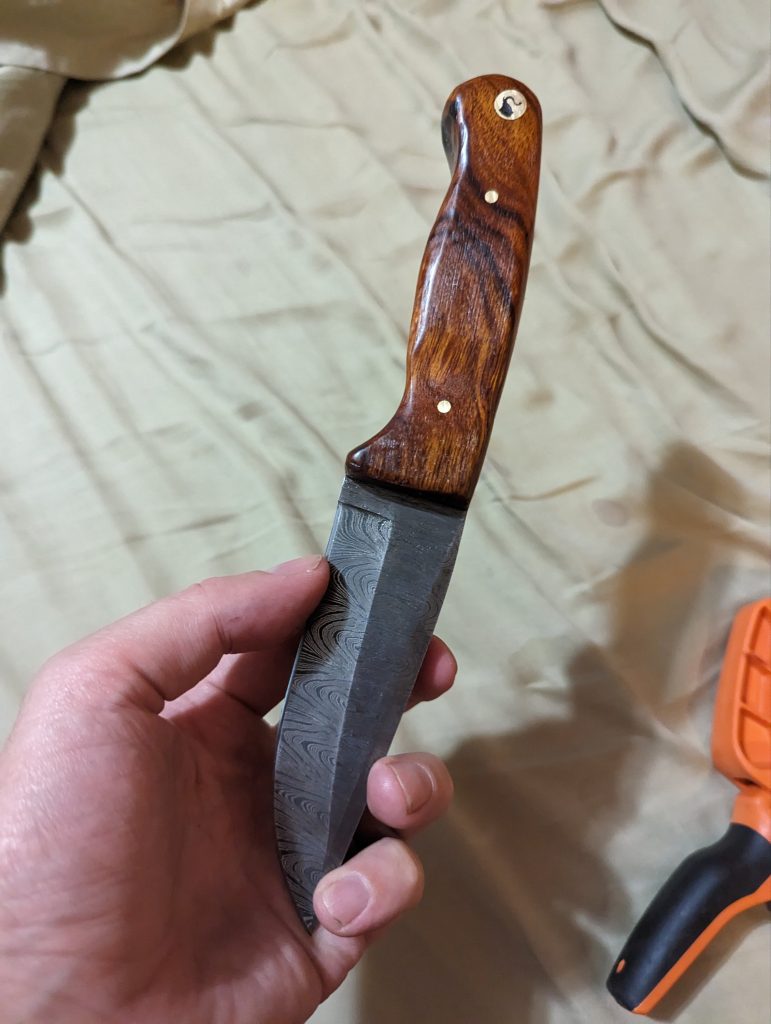Wednesday November 16, 2022
Today was the first day of Droidcon, which was, of course, my actual excuse for coming to Kenya in the first place.
Uber picked me up at 7:30ish – my talk was to start at 9 – and it started raining on the way to the venue. Kenya has been in drought all year, and it’s been getting worse over the last few years, so rain is very welcome. But it rained HARD.
When I got to the venue – United States International University, on Thika road, the rain had abated a little. Frank called and said to just stay in the car and someone would come get me.
I should mention that everywhere in Nairobi has LOTS of security. High walls, high gates, and at least one askari (watchman) guarding the entrance, checking ID, looking under the car with mirrors. This is everywhere. And the driver didn’t want to go through the hassle of going through the gate, just to go back out again.
So, after a few minutes, Marvin came to get me and walk me to the auditorium, which was about a quarter mile walk into campus. But on the way there, it started raining in earnest. Zero visibility, and instant drenched to the skin raining. We took shelter in a student cafe, and got some chai to sit and wait.
African tea, which we always called chai growing up, is tea brewed with as much milk as sugar. It’s amazing, and fresh Kenya tea, in Kenya, is even better. I may have overdosed a little on the chai while I was there.
Marvin called for umbrellas, which never materialized, but eventually the rain slowed enough that we decided to make a run for it, and arrived at the auditorium soaked.
9 came and went, and there were very few attendees there yet. Around 10 the rain stopped, and people started trickling in, and at 11 Frank decided that it was sufficiently populated to start.
I gave my talk – an overview of how the Apache Software Foundation governs projects, and how you can run your project the Apache way as well, even if you don’t see the need for a foundation. It was, I think, well received, and I continued getting comments about it, and deeper conversations, all week long, so overall I’m pleased, even though the attendance was pretty paltry.
I attended sessions most of the day, and will write about each of those individually. See this post for the listing of those, once I get them written.
At the end of the day, Frank wanted to take me to dinner, and asked where I wanted to go. I said, I want to go where you would go if you were picking. This turned out to be very wise.
I caught a ride with one of the other speakers, and went to a little restaurant in the CBD (Central Business District) where they served food from Frank’s part of the country – Nakuru area. Grilled fish. Greens, Ugali. So, so, so good.
I got back to the hotel at 10ish, and once again crashed hard. Overall, an amazing day, and very satisfying. The content at the event was fantastic. The conversations with brilliant young African developers were even more fantastic.
I am so glad I came.

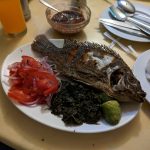


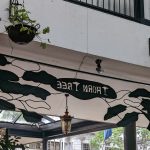
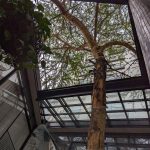
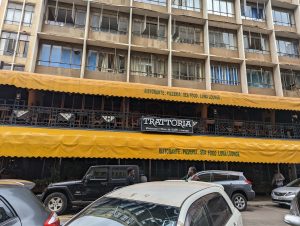
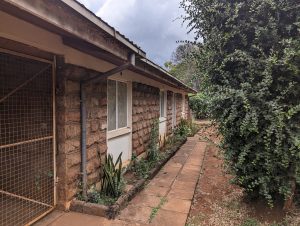
 Along the way I was just staggered by how everything has changed. Everything. The roads to the airport is very nice (which probably needs its own blog post!) and there are so many new buildings.
Along the way I was just staggered by how everything has changed. Everything. The roads to the airport is very nice (which probably needs its own blog post!) and there are so many new buildings. I didn’t take enough pictures – Maria says I never do – but here’s a picture of the Oracle building close to my hotel.
I didn’t take enough pictures – Maria says I never do – but here’s a picture of the Oracle building close to my hotel.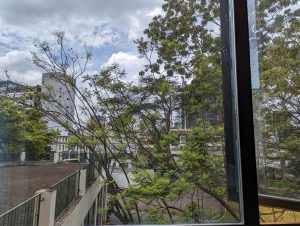
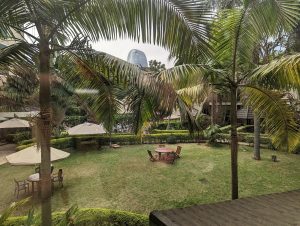

 It was nice to visit, although I didn’t know anyone, and after hanging around for a while feeling awkward, I walked the 2 or 3 miles back to the hotel.
It was nice to visit, although I didn’t know anyone, and after hanging around for a while feeling awkward, I walked the 2 or 3 miles back to the hotel.